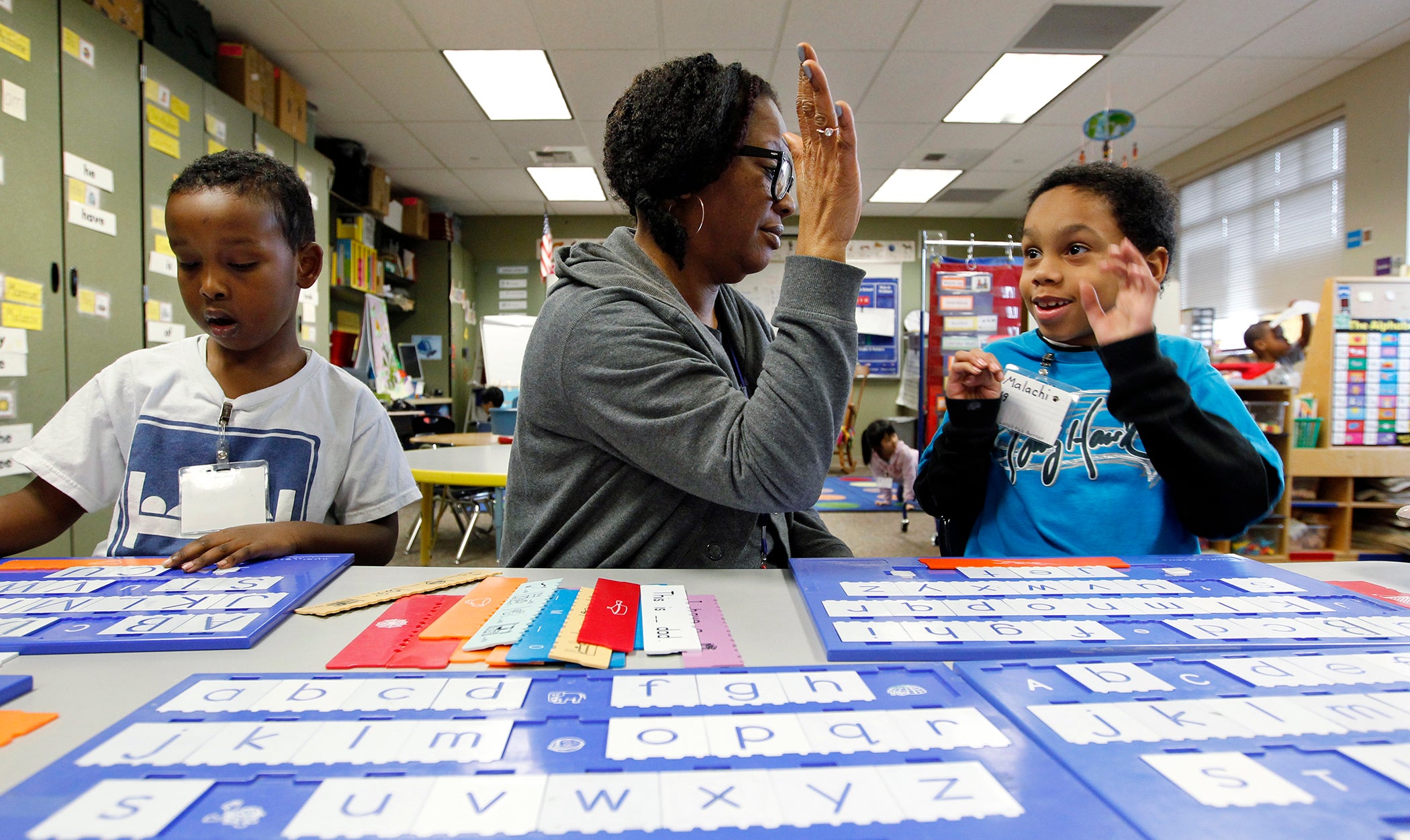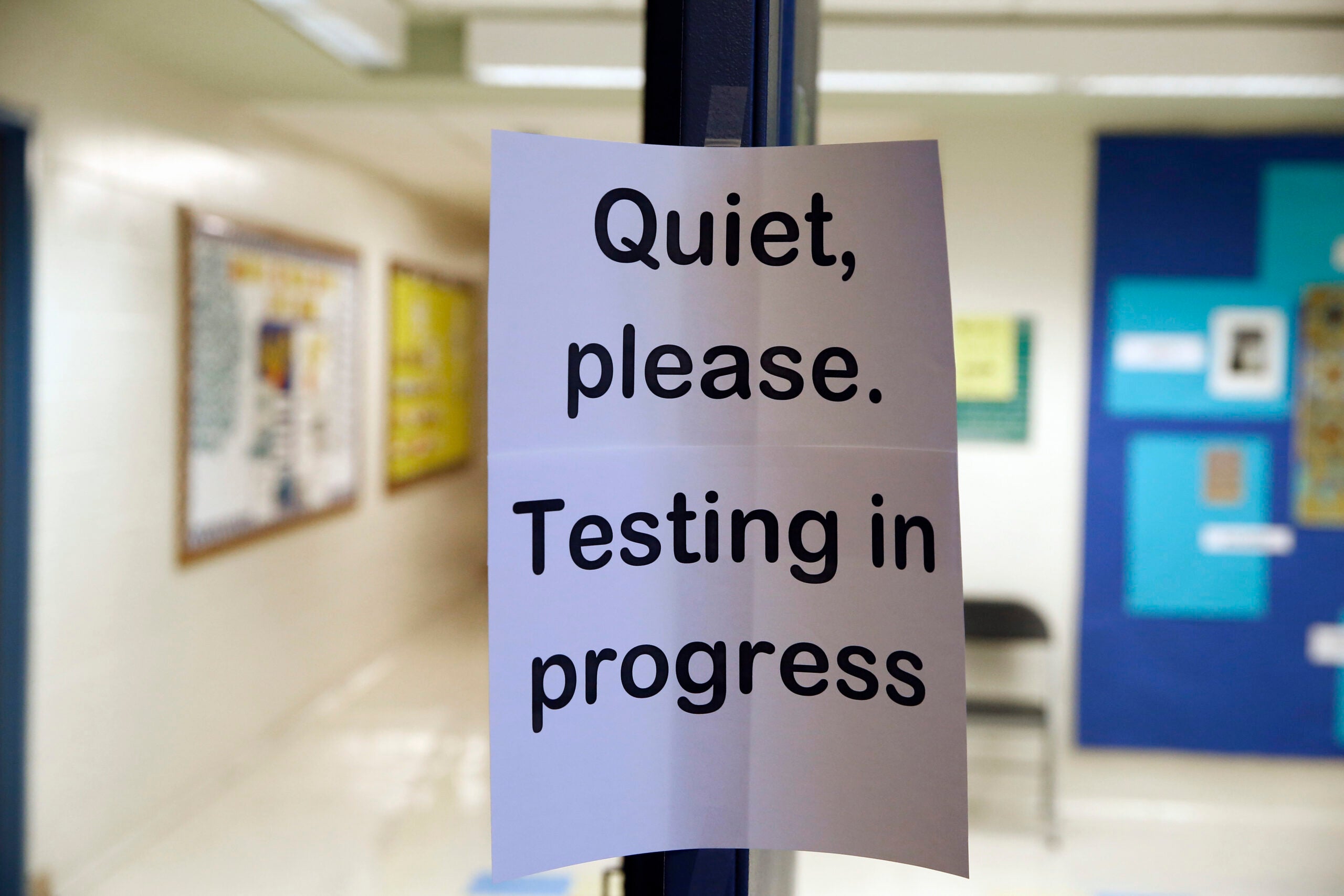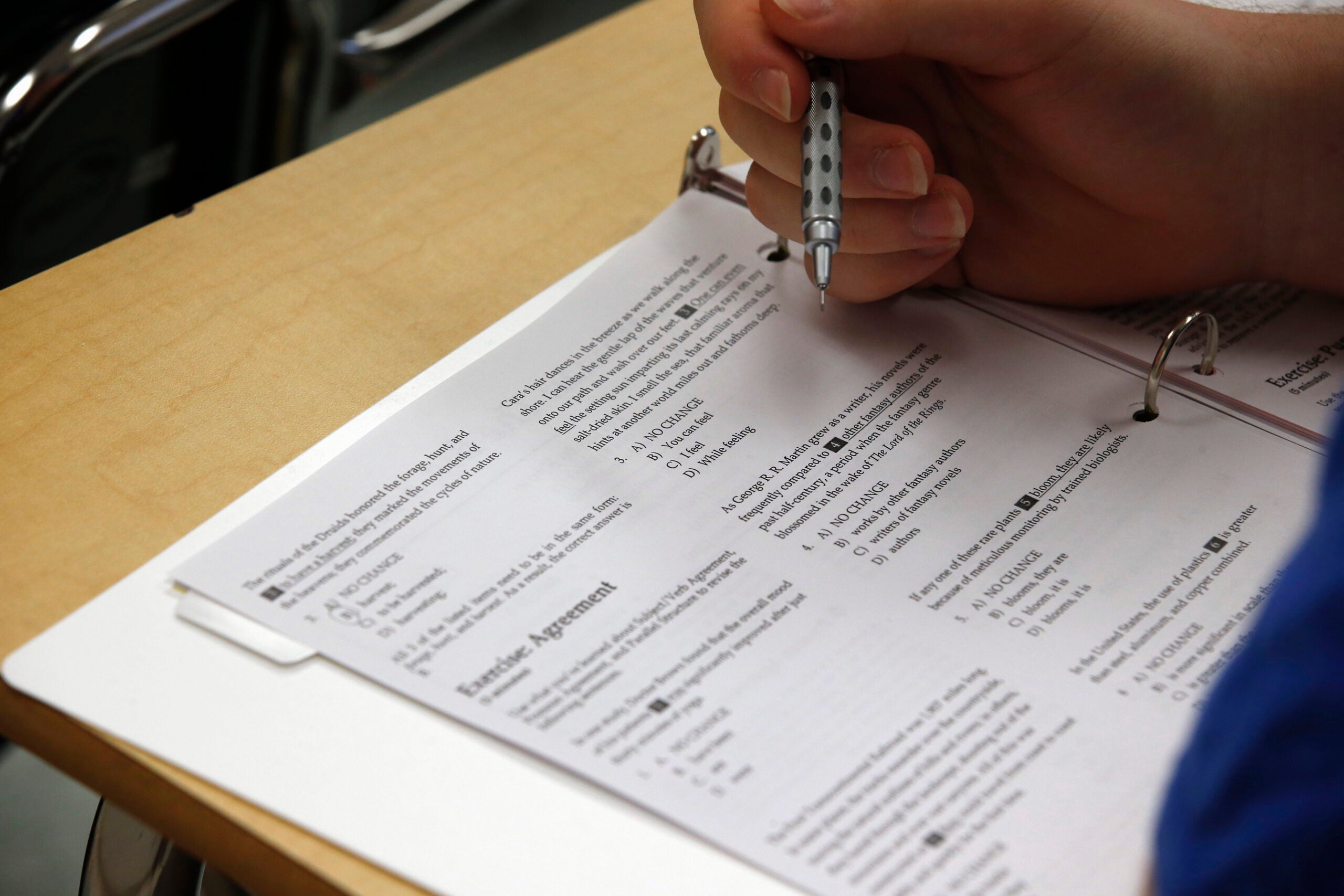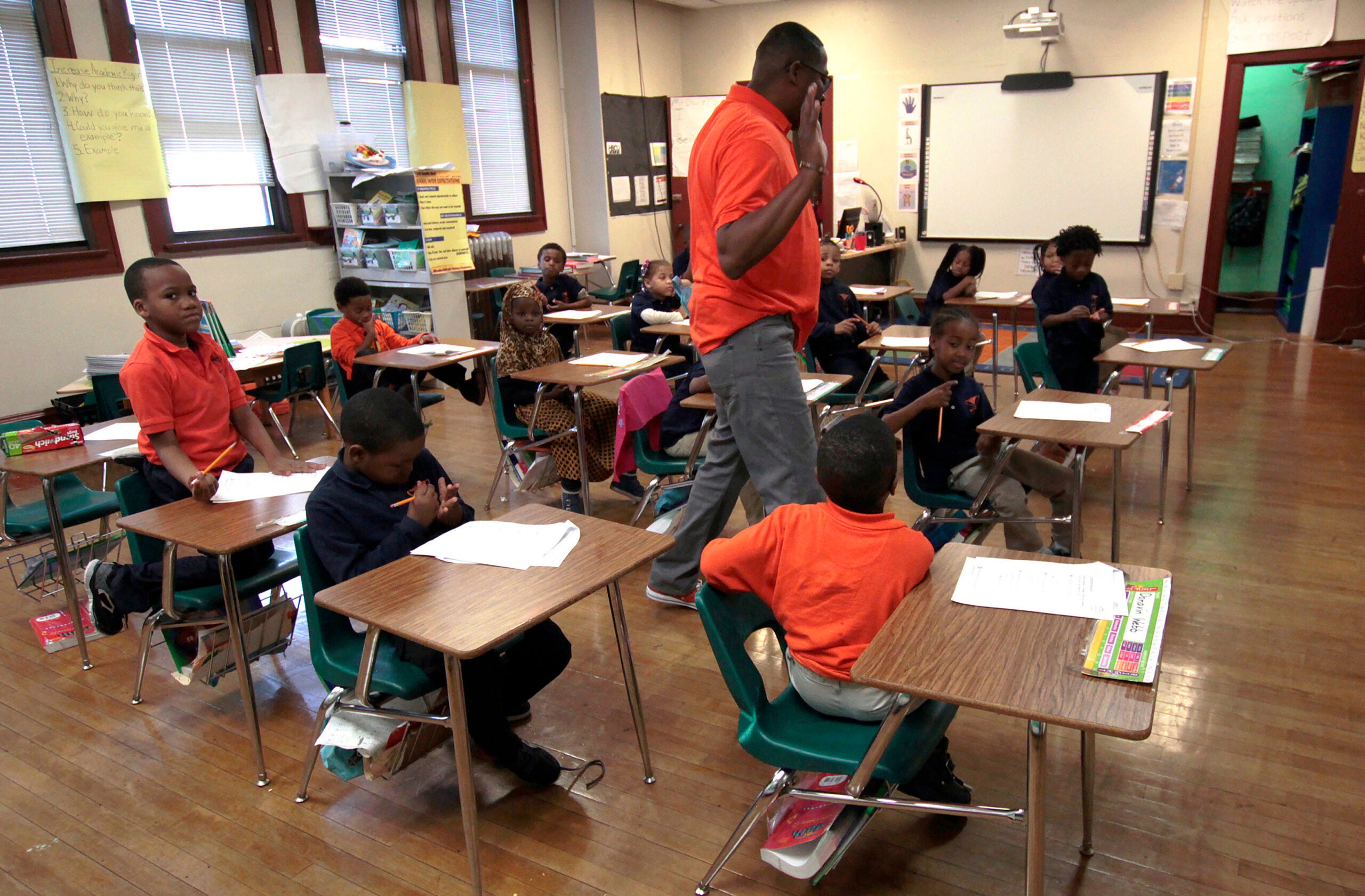About 84 percent of Wisconsin’s public schools met or exceeded state expectations for the 2023-24 school year, according to report cards released Tuesday by the Department of Public Instruction.
Statewide, 93 percent of public school districts met or exceeded expectations.
The top 10 rated school districts in the state are:
Stay informed on the latest news
Sign up for WPR’s email newsletter.
- Swallow School District, Hartland
- Whitefish Bay School District
- Fox Point J2 School District
- Merton Community School District, Hartland
- Hartland-Lakeside J3 School District
- Geneva J4, Lake Geneva
- Cedarburg School District
- Lake Country School District, Hartland
- Richmond School District, Sussex
- Kohler School District
This year’s overall ratings are similar to 2022-23, when 83 percent of public schools met or exceeded expectations.
“I think we see a lot of encouraging data, but the fact really remains that there is much more work to be done,” said DPI spokesperson Chris Bucher. “The fact remains that Wisconsin public schools have been asked to do more with less for far too many years.”
Last week, state Superintendent Jill Underly announced her 2025-27 budget would include $4 billion more in spending for public schools, targeting the state’s $4.5 billion surplus.
That spending includes money for school nutrition programs, teacher recruitment and retainment and youth mental health.
“These are all critical aspects of the full picture of a Wisconsin student, and I think all things that we can all get behind as we have that collective goal of really improving student performance throughout the state,” Bucher said.
DPI publishes school and district report cards annually, using data from three school years across four priority areas: achievement, growth, target group outcomes and on-track to graduate.
The achievement and growth priorities are weighted based on the percentage of students at the school or in the district who are economically disadvantaged.
This year, assessment scores used for the report cards were updated to align with changes DPI made this summer to the Forward Exam, PreACT Secure and ACT assessments.
Because of this, state officials are giving districts and schools the higher achievement score — this year’s or last year’s — when figuring out their 2023-24 report card.
The report cards will be adjusted again in 2025.
Quinton Klabon, senior research director for the conservative Institute for Reforming Government, said the changes are confusing to parents.
“Parents expect honesty and consistency about how their children’s schools are doing,” Klabon said. “Instead, DPI keeps changing the formula. When they change it again in 2025, DPI has to choose: tell parents the truth or keep principals happy by saying most of them exceed expectations.”
Many private schools do not get report cards. DPI only scores private schools that receive taxpayer dollars through the voucher program, if enough students take standardized tests.
There were 418 private schools participating in a Private School Choice Program for 2023-24. Of scored private choice school report cards, 85 percent met or exceeded expectations.
Out of 418 private choice schools, 57 percent were unable to be scored due to insufficient data.
Wisconsin Public Radio, © Copyright 2025, Board of Regents of the University of Wisconsin System and Wisconsin Educational Communications Board.





